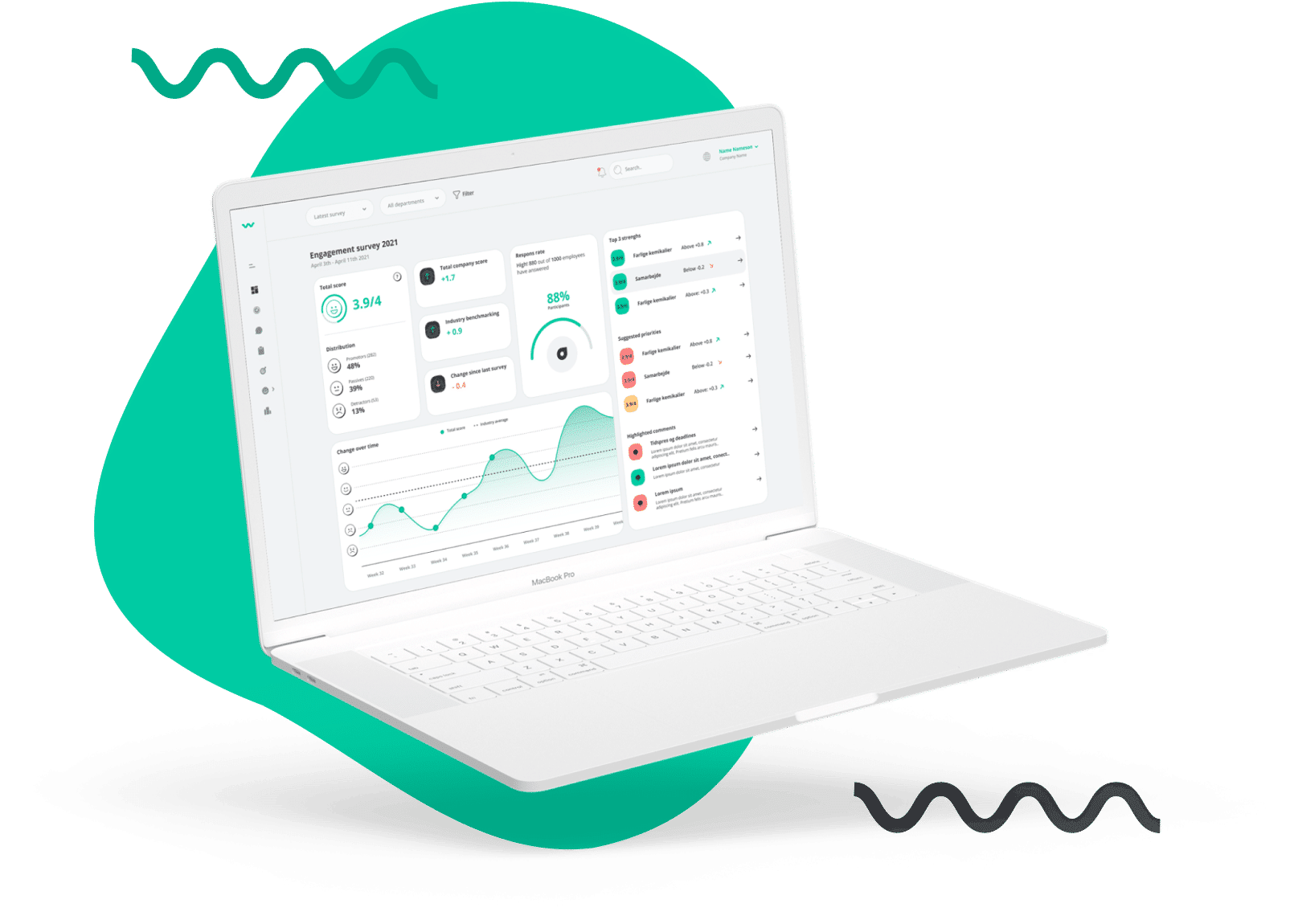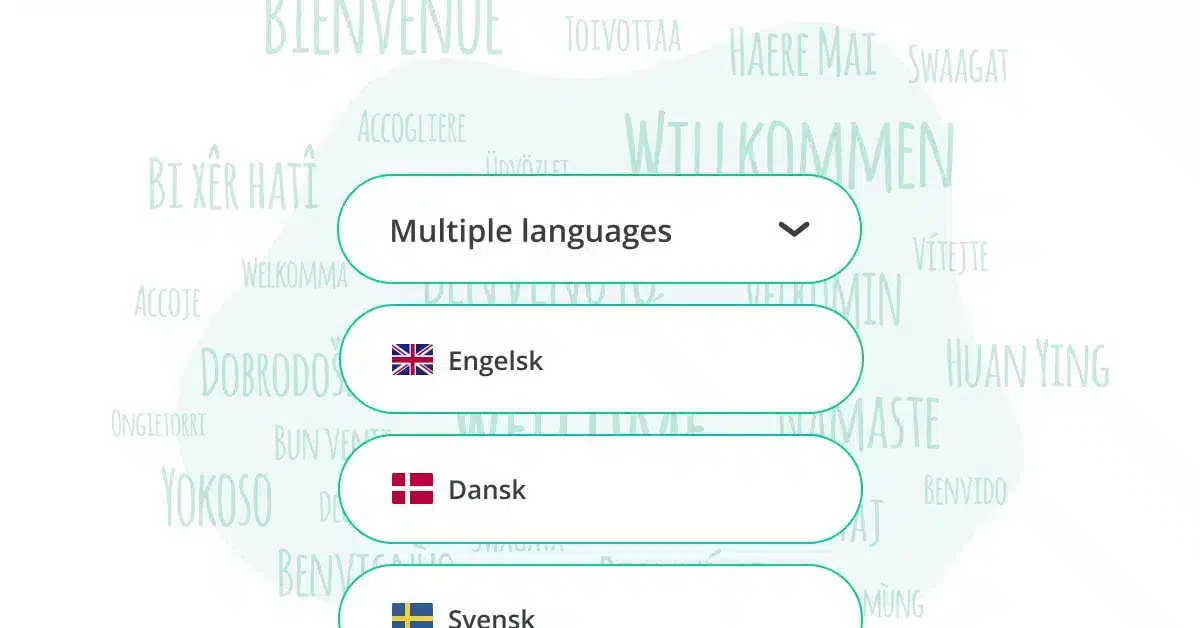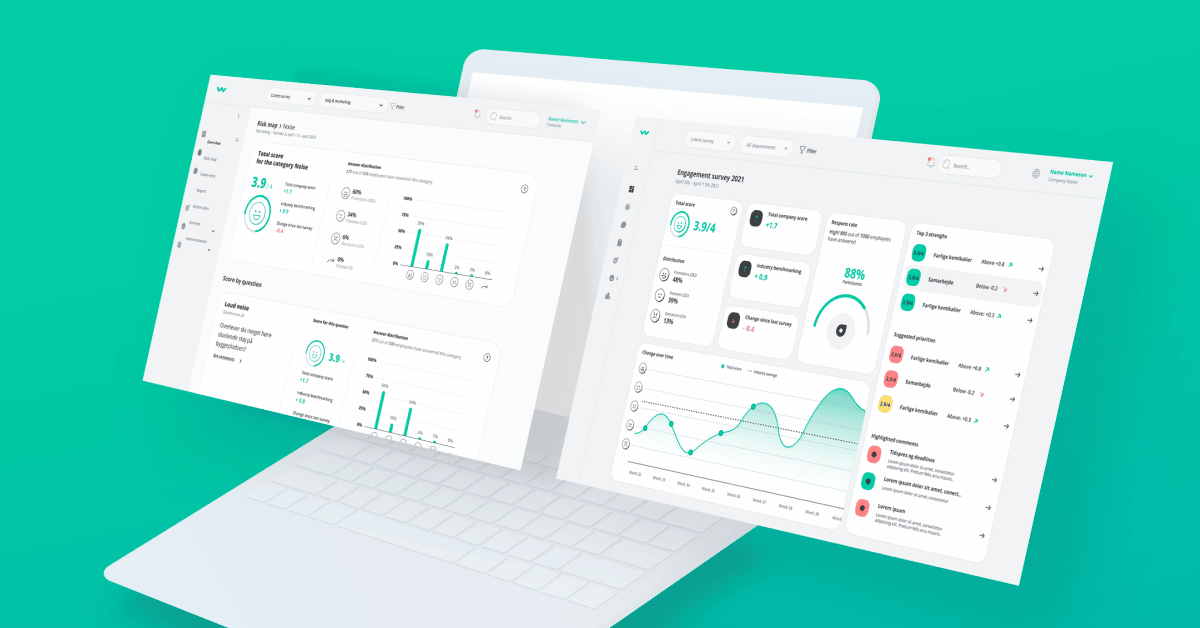You have probed the market and have concluded that Woba.io is the absolute best match for your company and your employees. Wonderful. Then you already come a long way. But now there is an inevitable question when it comes to the technical side.
Can this new software integrate with what we already have? And that is important. Because it can take immeasurable amounts of time and effort if this part can’t just be put in place easily and clearly.
How do we do in Woba?
In Woba.io, we use a technical solution that opens up an automatic import of employee data from a third-party system. That is, we have an API integration. In the following, we go more in-depth with the technical setup in connection with the API integration.
The technical explanation
Woba can open up an automatic import of employee data from a third-party system by offering a simple HTTP API for external systems to interact with:
HTTP Method: POST
URI: /import-employees
Content-Type: text/csv
A simplified example of invoking the API (note that only a subcategory of the API is included to keep the example simple):
POST /import-employees
Employee’s name, employee’s e-mail, Department
John Smith, johnsmith@example.com, HR
Amy Lane, janelane@example.com, Finance
The full API integration will contain the following fields and their detailed usage will be specified in the Swagger (i.e., Open API) documentation:
– Employee name (required)
– Employee email (mandatory)
– Department (required)
– Job Title (Optional)
– Date of Birth (Optional)
– Gender (Optional)
– Phone Number (Optional)
– Position start date (Optional)
– Position end date (Optional)
– Voluntary Termination (Optional)
– Pay Level (Optional)
This API integration can only be called over a secure connection (HTTPS) and will be protected with a ‘ClientID’ and ‘ClientSecret,’ which a Woba customer can specify and structure as needed in the Woba platform. The import will synchronize data in Woba with the data sent to the API, meaning that if an employee’s data is already updated, there will be no changes for the employee in Woba. This also means that an API user can safely call the API several times in a row, as the API will be the same.
It will be the responsibility of a Woba customer to extract the necessary data from their HR and/or ERP systems, which usually requires administrator rights and invoking the Woba API. API calls can be made with a simple command-line tool, such as cURL, or more advanced libraries, such as the Microsoft ASP .NET Web API Client, depending on customer preference. Despite the somewhat technical rounding here, I hope that you have nevertheless gained an insight into how Woba.io can be integrated – and that it is not least demystified a great deal, so at least that’s not why you don’t gets started with the important well-being work.









